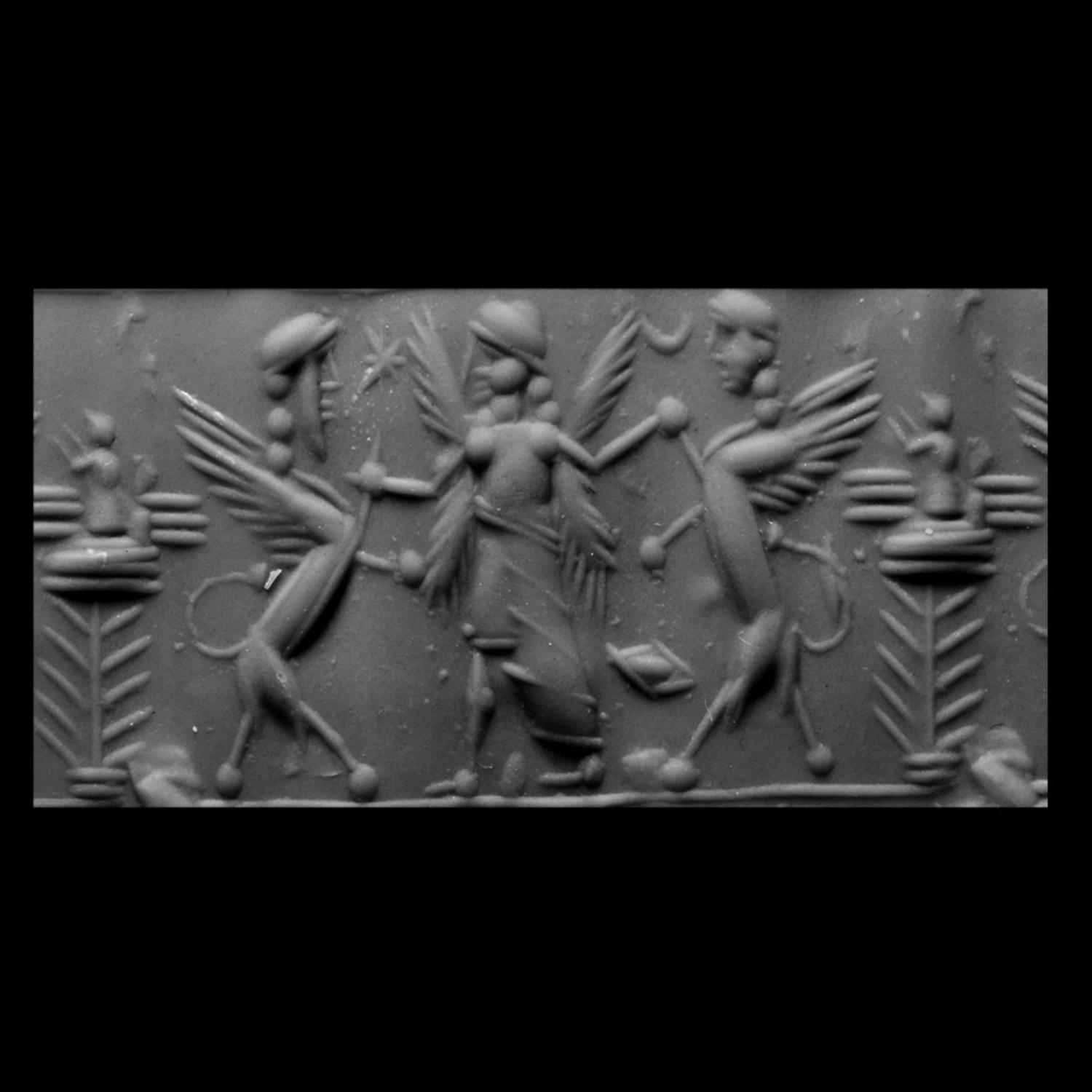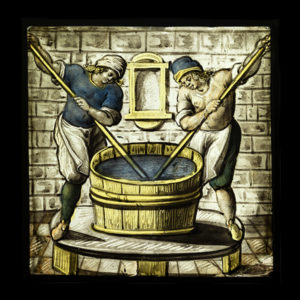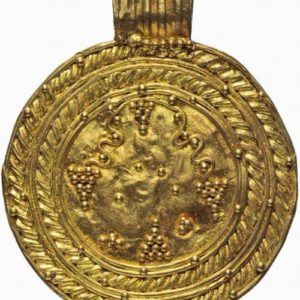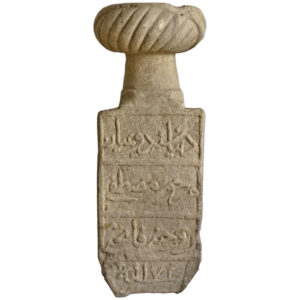Cylinder frieze shows a helmeted hero with wings on his back standing between and holding two rising winged beasts with a human head and four legs. In his rear is a frond and an altar with a small figure.
A cylinder seal is a compact cylindrical object, usually measuring around one inch (2 to 3 cm) in length, that is adorned with inscriptions or pictorial depictions, or sometimes both. It was employed in ancient civilizations to imprint its design into a flat surface.
Cylinder seal impressions were used as an administrative tool, a type of signature, and for branding products. The cylinders were used as jewellery and mystical amulets. In subsequent centuries, they were employed to notarize or certify several imprints of clay documents. Graves and other locations containing valuable things like as gold, silver, beads, and jewels sometimes added one or two cylinder seals as honourable burial gifts.
Most Babylonian cylinder seals develop an image by making depressions in the cylinder surface to create bumps on the imprint. They are usually employed on wet clay and produce images on fabric and other comparable two-dimensional surfaces.
Cylinder seals were invented around 3500 BC in the Near East. Other sources, however, date the earliest cylinder seals to a much earlier time, to the Late Neolithic period (7600-6000 BC) in Syria, hundreds of years before the invention of writing.
CONDITION: Good condition. There is some wear and tear, but the iconography is completely intact. The item has been described to the best of our knowledge. If you have any questions, please refer to the photographs and send an email.







